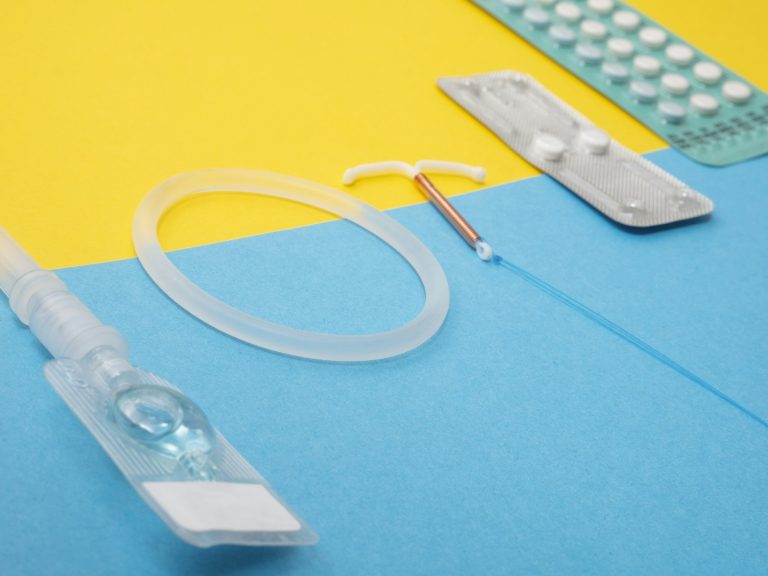Table of Contents
ToggleIt’s 2023, and women have complete agency to determine the type of birth control they want to use. The Paragard IUD (intrauterine device) is a popular choice. It is a T-shaped copper contraception device that gets placed inside a woman’s uterus.
According to the NIH (National Institutes of Health), the global use of this device among women of reproductive age is approximately 14.3%. In the United States, the percentage of individuals who use IUDs for contraception is 6.5%. Women primarily opted for this medical device because of its advantages. It helps prevent pregnancy without having to take the pill. Also, the removal was said to not be cumbersome.
However, the recent updates on Paragard IUD are unfavorable and have angered women across the globe for the complications they have faced with it. Other than failing to prevent pregnancy, the device has caused infection and pain, leading women to file lawsuits against Paragard.
In this article, we will delve into the probable complications of the Paragard IUD that will alert women about the side effects.
Complications Linked with Paragard IUD
In March 2021, 13Wham.com reported that more than 3000 women reported complications they faced with Paragard IUD. Among them was Anna Speaks, who shared that once she decided to remove her IUD, she could feel something was wrong. The device had broken, and she needed costly surgery to locate the missing pieces.
Women who have faced similar predicaments as Anna have filed a Paragard lawsuit to report their complications and are seeking compensation for damages they faced. When it comes to complications associated with IUDs, women need to consider the following:
1. Lost Strings
The IUD strings hang from the bottom and protrude right from the cervix to the vagina. IUD strings stay in place during insertion and can work their way to the uterus. Lost or missing IUD strings are called non-visualized strings.
In case an IUD string gets lost, it indicates several things. There are times when it can simply hide within the cervix. To locate it, a patient might need an ultrasound or an x-ray, and then the physician can remove and replace the device.
If you feel that the strings are lost, get in touch with a doctor to confirm the same. And if the device is in the correct place and working, there could be other grave issues, like perforation or expulsion.
2. Infection
The infections usually occur as an outcome of the insertion process. Even though the chances of this occurring are less, just in case one occurs, you can get it treated without taking out the IUD. The adverse aspect here is that infection will lead to pelvic inflammatory disease.
3. Expulsion
This takes place when the copper IUD shifts from atop the uterus. It is a common complication and is known to occur in 2 to 3% of women who use this device. The expulsions are partial and complete.
Complete expulsion takes place when the IUD gets pushed out of a woman’s uterus and into her vagina. The partial expulsion takes place when an IUD is away from its usual position atop the uterus. It can lead to cramping, making women feel that the device strings have been lowered more than they should be.
Most doctors suggest that it’s essential to check the strings at intervals to ensure there’s nothing wrong. In both partial and complete expulsions, the effectiveness of the birth control aspect of an IUD is affected. There are times when patients don’t even know that the device is in the wrong position.
4. Perforation
Even though perforation is a rare occurrence, it is still a complication of IUD use. There are one or two perforation cases in every 1,000 IUD insertions. It takes place during insertion, and once the provider realizes that, they must halt the process and get the IUD removed.
On the other hand, when people fail to recognize perforation, the efficiency of IUDs decreases. That aside, a perforation can make the removal process highly complicated, and it can take a longer time than usual.
Perforation can make the IUD move through a woman’s uterine wall. It could be rare, but it is one of the most fatal complications. There have been instances where the device has migrated to the abdominal cavity, pelvis, gastrointestinal bladder, and tract. When IUDs move away from the uterus, one needs surgery to correct the condition.
TorHoerman Law states that when a copper IUD gets fractured during the removal process, leading to injuries, women are eligible to file a lawsuit. Today, women across the entire United States have filed lawsuits against Paragard. claiming that the company didn’t warn its users about these risks, which resulted in health hazards and costly surgeries.
If this resonates with you, get in touch with a lawyer for legal assistance. They will use vital evidence that you have gathered and develop a substantial case to ensure you get covered for all your damages. In conclusion, women should opt for modern-day options for birth control, but certainly not at the cost of their health. Hence, if they realize that their Paragard IUD device is causing any of the above complications, they should opt for immediate medical assistance to remedy it. Once that gets done, they can get legal help they need and seek the fair compensation that they deserve.




